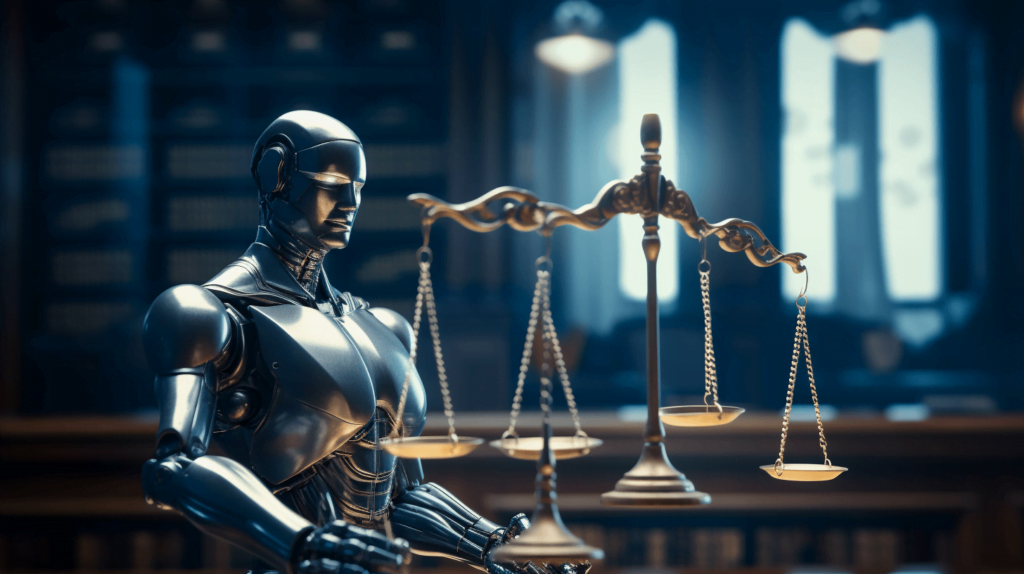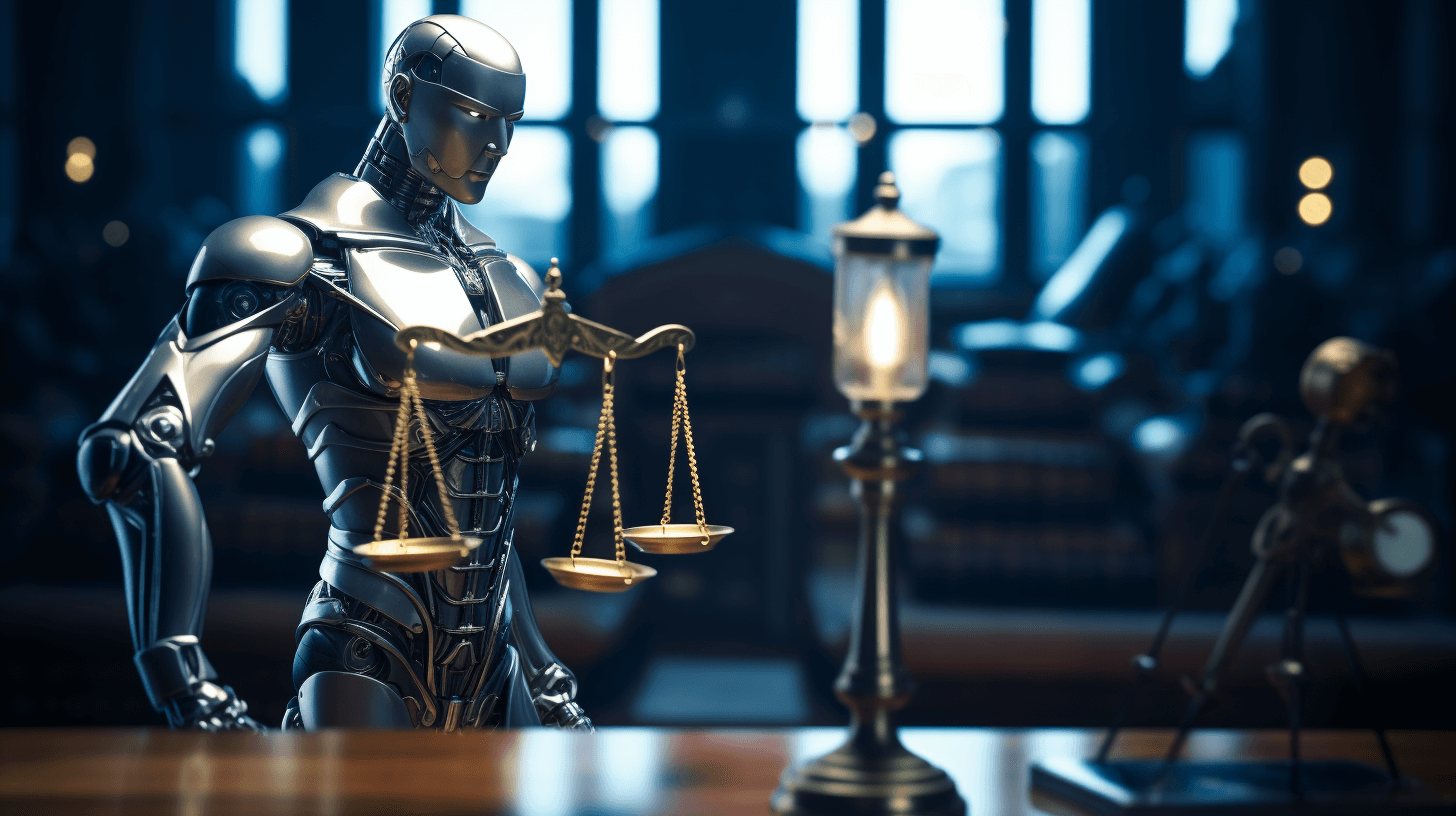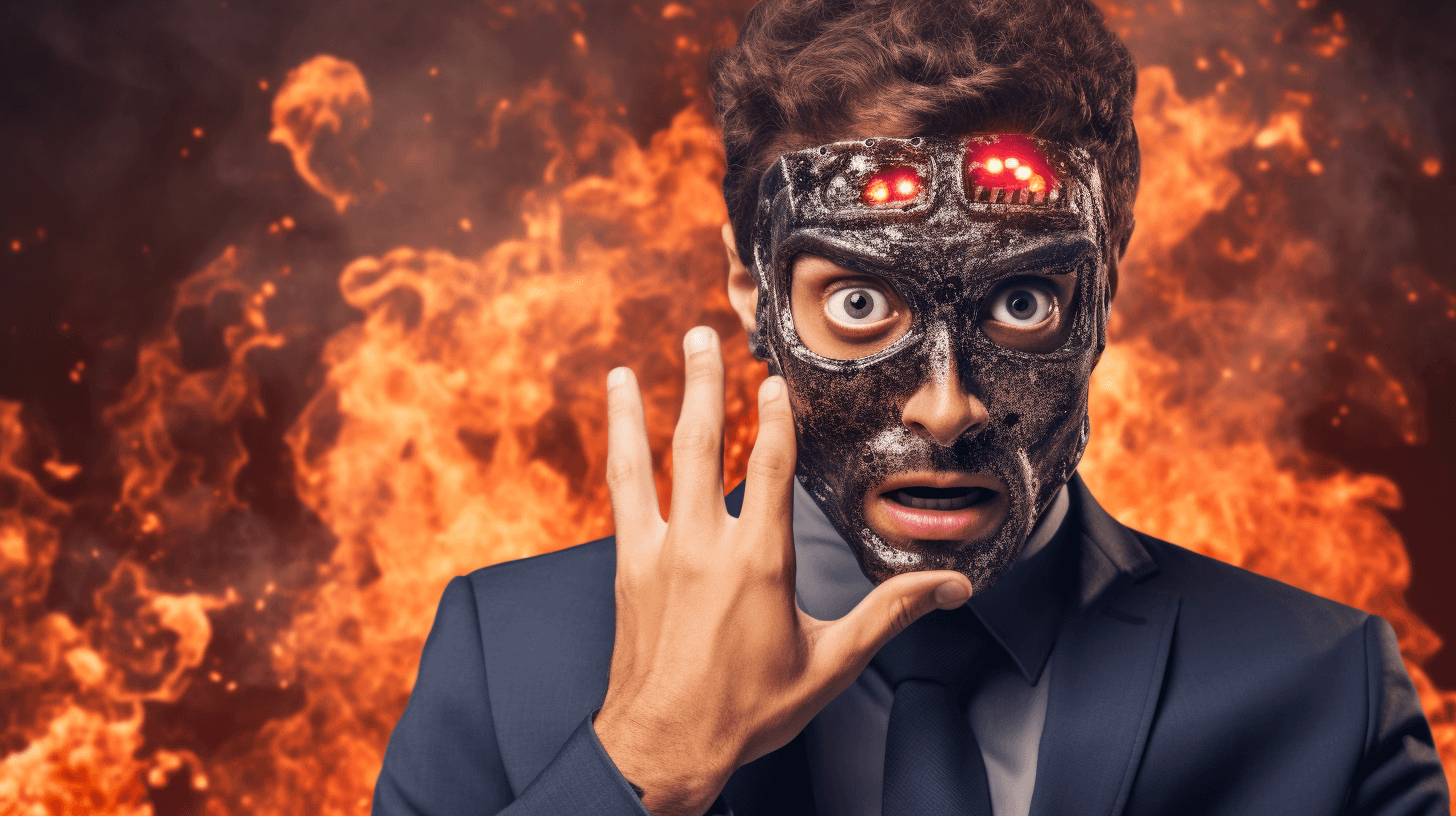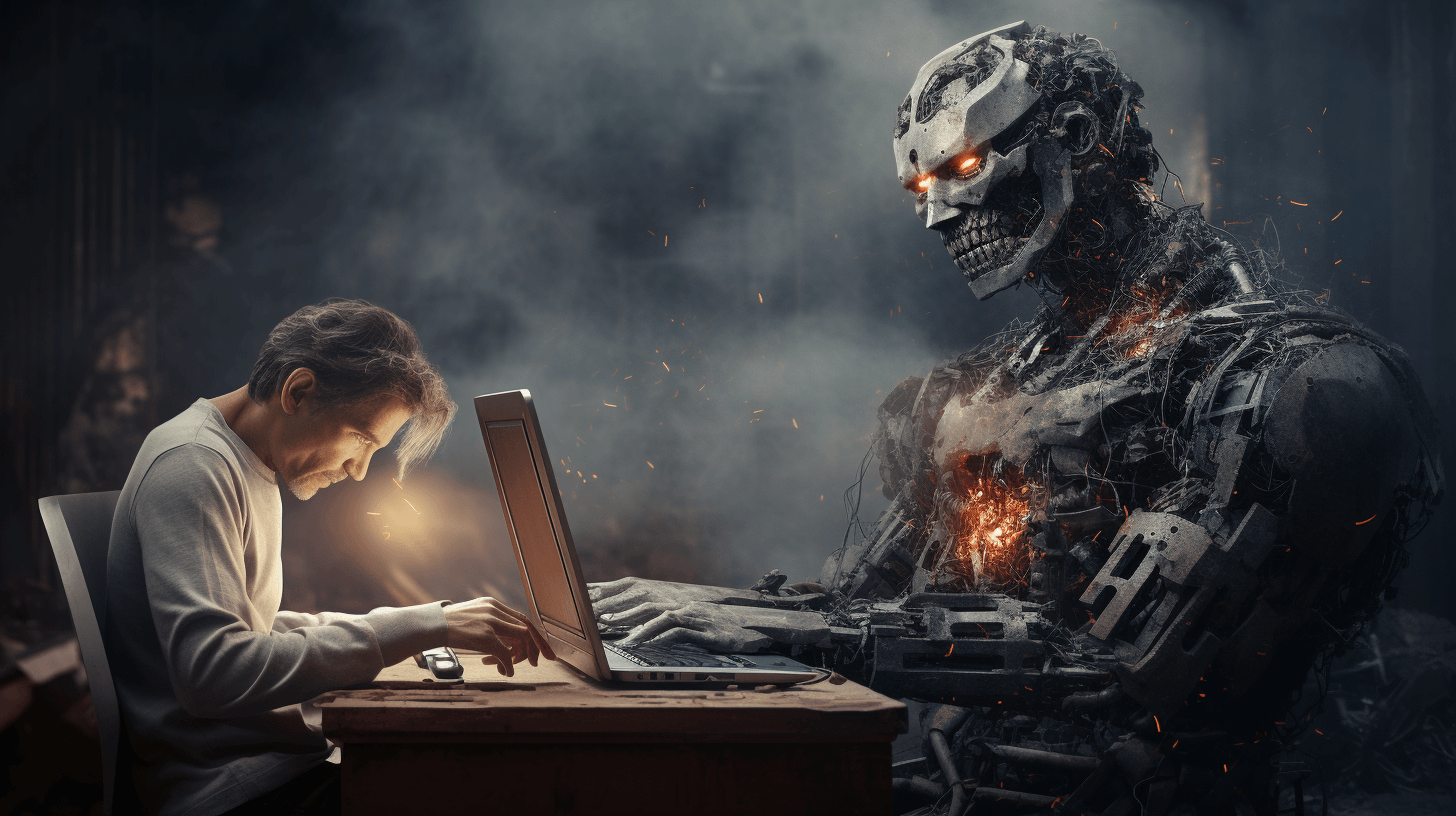The rise of AI art generators has opened new questions around copyright and authorship. Can artwork created with artificial intelligence be copyrighted? Recent guidance from the U.S. Copyright Office indicates AI art may be eligible for copyright protection if it shows sufficient “human authorship.” Let’s explore how to claim your copyrights as an AI artist right now in 2024.
The Human Authorship Requirement
U.S. copyright law is clear that only works created by human authors can be copyrighted. Works produced solely by nature, animals, plants or machines cannot be registered for copyright. This “human authorship” requirement has posed a puzzle for AI-generated artworks.
The Copyright Office’s new guidance indicates AI art could qualify for copyright if a human significantly contributed through selection, arrangement or modification of the AI output. The human aspects that show original creativity would be protected, while the AI-generated parts would not.

Case-by-Case Assessment
In a recent case, an artist was granted copyright in her AI-illustrated comic book Zarya of the Dawn, but not in the individual AI-generated images. This demonstrates the Copyright Office’s stance of evaluating AI artworks on a case-by-case basis.
Factors like how much creative control the human exhibited over the AI and how substantially the human edited or arranged the AI output will be considered in determining “human authorship.” It’s a complex line to draw.
The Road Ahead
The copyright standards for AI art are still evolving. Upcoming public discussions at the Copyright Office in 2024 may shape new policies. For now, AI artworks containing significant original human creativity have the best chance of gaining copyright protection.
The path forward will likely involve nuanced assessments of where human ingenuity ends and AI capabilities begin. As AI capabilities advance, our concepts of authorship and how to claim your copyrights may need to expand as well.


